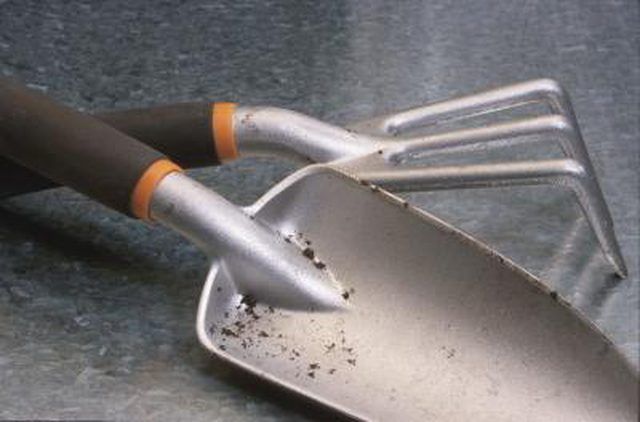Bulbs
Flower Basics
Flower Beds & Specialty Gardens
Flower Garden
Garden Furniture
Garden Gnomes
Garden Seeds
Garden Sheds
Garden Statues
Garden Tools & Supplies
Gardening Basics
Green & Organic
Groundcovers & Vines
Growing Annuals
Growing Basil
Growing Beans
Growing Berries
Growing Blueberries
Growing Cactus
Growing Corn
Growing Cotton
Growing Edibles
Growing Flowers
Growing Garlic
Growing Grapes
Growing Grass
Growing Herbs
Growing Jasmine
Growing Mint
Growing Mushrooms
Orchids
Growing Peanuts
Growing Perennials
Growing Plants
Growing Rosemary
Growing Roses
Growing Strawberries
Growing Sunflowers
Growing Thyme
Growing Tomatoes
Growing Tulips
Growing Vegetables
Herb Basics
Herb Garden
Indoor Growing
Landscaping Basics
Landscaping Patios
Landscaping Plants
Landscaping Shrubs
Landscaping Trees
Landscaping Walks & Pathways
Lawn Basics
Lawn Maintenance
Lawn Mowers
Lawn Ornaments
Lawn Planting
Lawn Tools
Outdoor Growing
Overall Landscape Planning
Pests, Weeds & Problems
Plant Basics
Rock Garden
Rose Garden
Shrubs
Soil
Specialty Gardens
Trees
Vegetable Garden
Yard Maintenance
How to Keep Annual Plants Alive for Next Summer
How to Keep Annual Plants Alive for Next Summer. There are five different types of annuals: hardy annuals, half-hardy annuals, tender annuals, warm season annuals and cool season annuals. Hardy annuals are the only ones that can survive harsh winter conditions without being winterized. The other types will die at the first frost. Make sure to...

There are five different types of annuals: hardy annuals, half-hardy annuals, tender annuals, warm season annuals and cool season annuals. Hardy annuals are the only ones that can survive harsh winter conditions without being winterized. The other types will die at the first frost. Make sure to properly winterize your annuals in order to keep them alive until the next growing season.
Things You'll Need
Containers
Saucers
Perlite
Sphagnum moss
Potting soil
Spade
Mulch
Purchase enough containers to hold your annual garden. To ensure that your garden does not die out from sudden frosts, it is imperative to bring your annuals inside for the winter. Make sure that your containers have draining holes that are at least half an inch in diameter.
Fill the containers with equal amounts of perlite, sphagnum moss and potting soil. Do not use native soil.
Dig a hole a few inches around the base of every plant. With a spade, gently lift up the plant. Do not shake off the native soil, because you can cause root damage. Plant each annual 3 inches apart.
Pack soil around each base. Spread a 2-inch layer of mulch around the plants. Water the plants thoroughly.
Place the containers on saucers in the basement or garage. If you have room in your home, put the plants near a window. Take your annuals out of the home after the last frost and when the soil temperatures have risen.
Tips & Warnings
Water your annuals indoors when the top soil feels moist. Lift the container and pour water until it runs through the draining holes. Allow the water to run before placing on saucers.
Refrain from setting your annuals near any heaters to avoid dehydrating your plants.